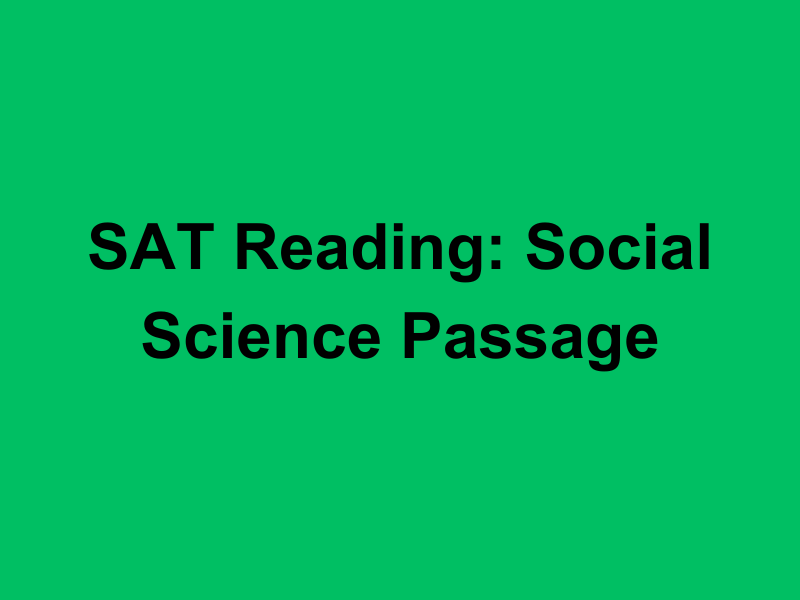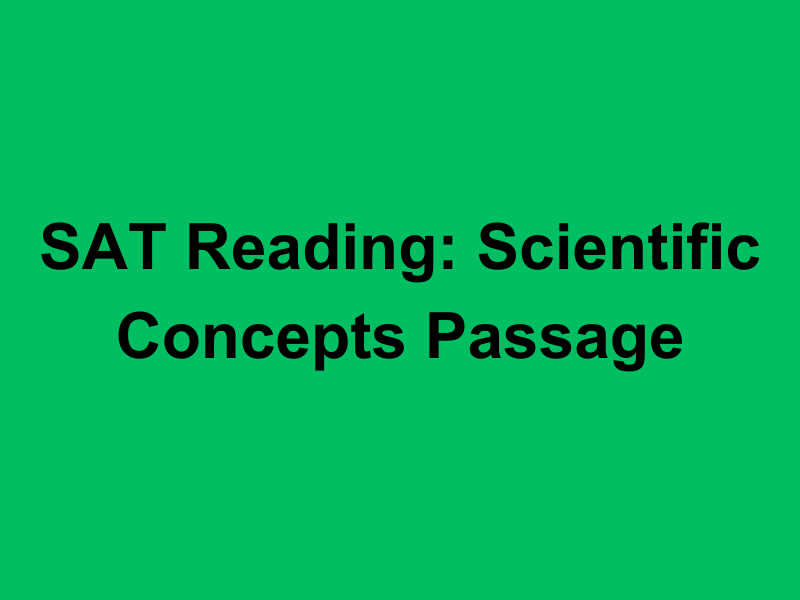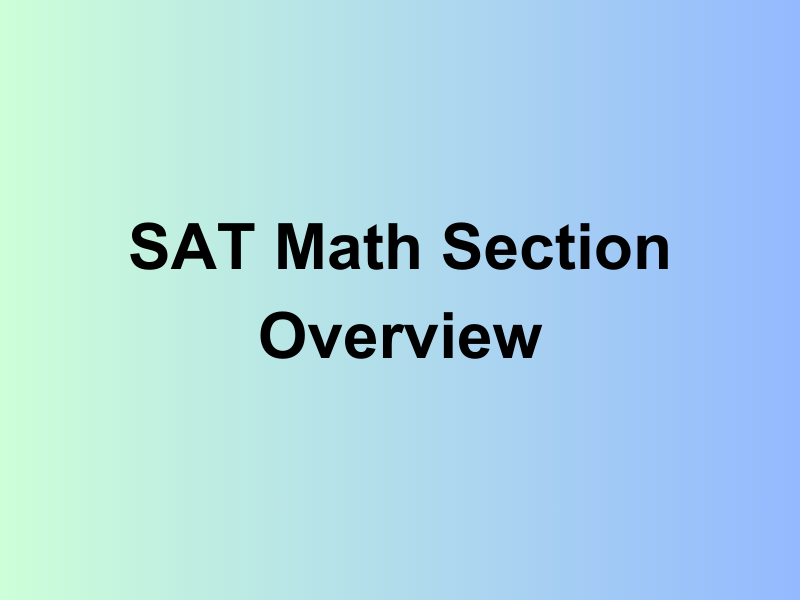With 65 multiple-choice comprehension questions to answer in 52 minutes, the reading section is arguably one of the more difficult sections of the SAT! But in this guide, we will cover all the logistics and strategies you need to reduce stress and ace the area on test day.
Students who have taken the SAT will answer your questions and guide your last-minute studying LIVE! And don’t miss out on unlimited access to our database of thousands of AP, ACT, and SAT practice questions.
✍🏽 SAT Reading Section Passages
The SAT reading section has four independent passages and one paired passage set (two passages together). Each is around 500-750 words, consists of a varying level of difficulty, and includes 10-11 associated questions. As a whole, the section accounts for 800 points.
Reading Passage Types
Okay, so the reading section is all about comprehension and interpreting the meaning of a text or a graphic, but what does the SAT actually have students read? There are four main types of passages:
📚 US and World Literature: fictional passages that tend to focus on overarching external and numerous internal conflicts. Works featured could be centuries old, like classic works, or recently published contemporary pieces.
🧠 Social Science: passages that deal with matters in psychology, geography, sociology, economics, law, linguistics, etc. They usually challenge the reader’s critical thinking skills and attention to detail!
✊🏽 History: arguments, speeches, letters, and referendums from historical figures.
🧪 Science: foundational ideas or recent scientific discoveries about biology, chemistry, physics, computer science, astronomy, and the Earth.
Themes
Throughout the exam, the passages will cover one or many of the following themes—overarching umbrellas that can assist understanding and aid in answering questions:
🔬 Research: shows the results of a study and the commentary from the author. The research theme pops up in social science and science passages.
🇺🇸 Morality & Patriotism: questions a concept or widely accepted idea in passages about history and literature.
🤔 Identity & Growth: often focuses on a protagonist and shows the issues they face or work to overcome. This theme shows up in literary passages and passages about one or more historical figures.
🚨 Societal Issues: portrays the struggle on how communities change over time or if they change at all in literary and scientific passages.
🌎 Human vs. World: indicates a small change that affects everyone. This theme is present in all three passage types.
A combination of themes can build the complexity of a passage and its questions!
🤔 SAT Reading Section Questions
Even though each passage asks 10-11 questions, there are only three categories of questions:
💡 Information and Ideas Questions: focus on one or two pieces of evidence, phrases, words, or themes at a time. They ask about the main ideas, relationships, and details in a passage to measure close reading and understanding.
🗣 Rhetoric Questions: test the ability to understand the author’s choices and how they shape the text as a whole. These questions tend to focus on examining word choice, text structure, point of view, purpose, and arguments.
🤝 Synthesis Questions: look at simplifying information and providing the significance of the information.
🤩 SAT Reading Section Tips
You can use these test-taking tips on any SAT reading passage:
Make Complex Simple
📚 Paragraph by paragraph: Since the reading section measures how well you understand provided content, rushing through a passage will cost more time than a focused read. Take paragraphs one at a time.
🔍 Annotate: Jot down notes in the margin, underline key terms and phrases, circle repetition, and put a question mark by confusing places. You will experience some form of difficulty while reading, which is normal. An annotation strategy may be especially helpful if you benefit from skimming a passage’s questions before reading it.
Timing
⏰ Pace Yourself: There are 65 minutes to cover four passages and the paired set. Breaking that up, you should spend about 12 minutes on each individual passage and 17 on the set.
✅ Answer everything: DO NOT leave any of the questions unanswered! You do not get penalized for answering incorrectly. If time is running out, do your best to make informed guesses. Eliminate any answers you know are wrong by crossing them out to narrow your options.
Breathe
🛑 Stop and Continue: Struggling is normal during the learning process and for the SAT reading section. If a passage becomes confusing or overwhelming, do not continue reading until you take a moment to stop and catch your breath. Once you are centered again, restart at the beginning of the paragraph you were stuck on and try again.
🚫 Avoid Passage Hopping: Quickly skipping difficult questions and jumping from place to place works as a strategy for other exams, but the questions for the SAT reading section are connected to their passages and often build off one another. Do your best to read carefully and answer as many questions as possible before leaving a section.
🔄 Re-read: Mark places where you need to re-read or come back to.
Through practice and patience, you can implement these strategies to successfully improve your SAT reading performance and prepare for test day! 🚀




